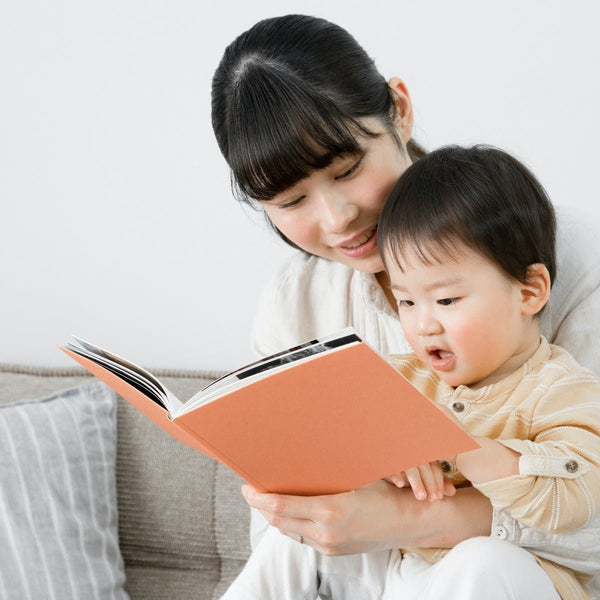Here’s One Way to Reduce Risk of SIDS

Overheating or chilling is actually a strong risk factor to Sudden Infant Death Syndrome or SIDS. As a result of their very young and still developing bodies, babies may greatly lose heat (or gain too much of it). It’s the parents’ responsibility to make sure babies always feel comfortable day and night.
But how can parents tell if there’s overheating or chilling? Are there ways to figure out if it’s indeed happening? What are the signs? And how can parents prevent those risky scenarios? Let’s explore the answers below:
Signs of overheating and chilling
Newborns may or may not cry when they’re feeling too hot or too cold. They might not even show any visible signs. That’s why one of the most recommended ways is by touch.
The parents can gently touch the baby’s chest and back. If those areas are sweaty, it’s likely the baby’s overdressed and feeling hot. In this situation, parents should remove the extra layers of clothing. If parents think it’s a more serious issue (e.g. baby’s rapid pulsing rate), they can seek immediate medical attention for their newborn.
Aside from overheating, chilling is also an equally serious concern. Babies can rapidly lose heat because of their physiology (low body fat and high surface area in proportion to weight). Again, parents might not see or hear any signs of their babies feeling too cold. After all, losing heat is also equal to losing energy. Babies won’t be able to cry for help because they don’t have enough energy to do so.
If babies suffer from losing too much heat, their hands and feet (even the chest) will feel cold. That’s why parents should regularly check those areas. They can also gently touch the chest for additional confirmation. When chilling is indeed happening, parents can add more layers of clothing or appropriate covering to protect the baby.
How to ensure baby’s comfort
There’s no substitute for parents being hands-on when it comes to taking care of their adorable babies. After all, the signs can be unpredictable. Infants should experience comfort at all times especially during their early development.
One way to help babies feel comfortable (and secure) is by swaddling. This will also help prevent overheating and chilling. This could be a more comfortable experience (compared to blankets) for the baby.
In summary, the priority is to ensure the baby’s comfort to help reduce the risk of SIDS. Eliminating the risk factors (while the parents stay hands-on in the care of the baby) is one of the best ways to ensure the baby’s comfort and safety.







